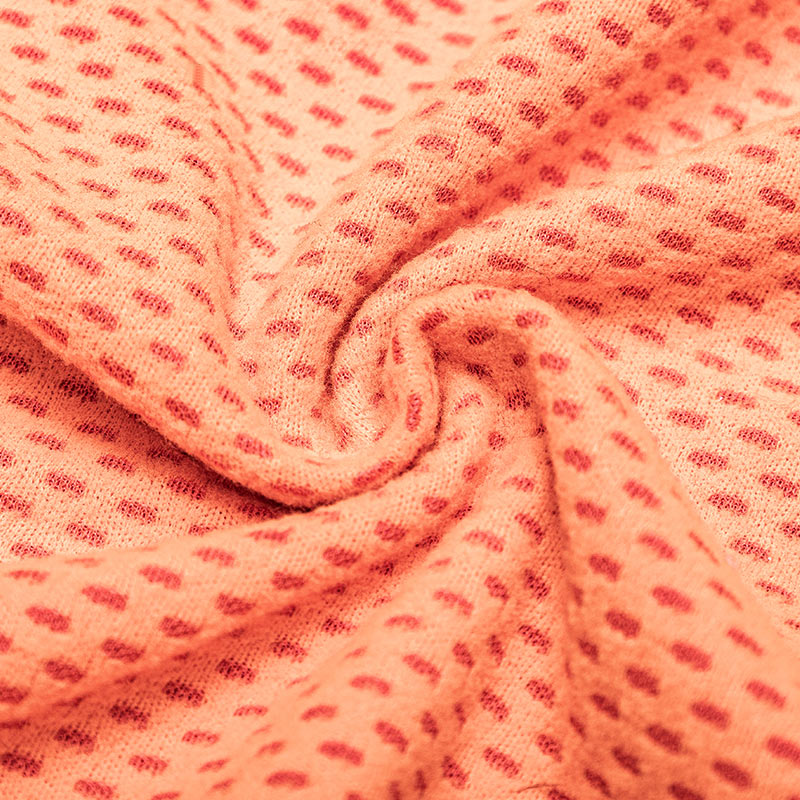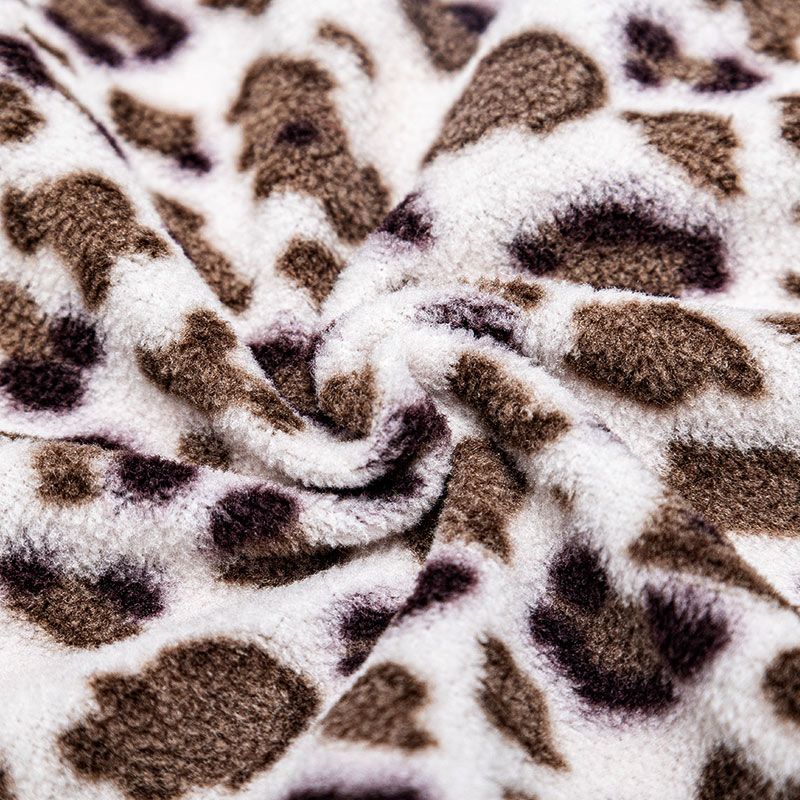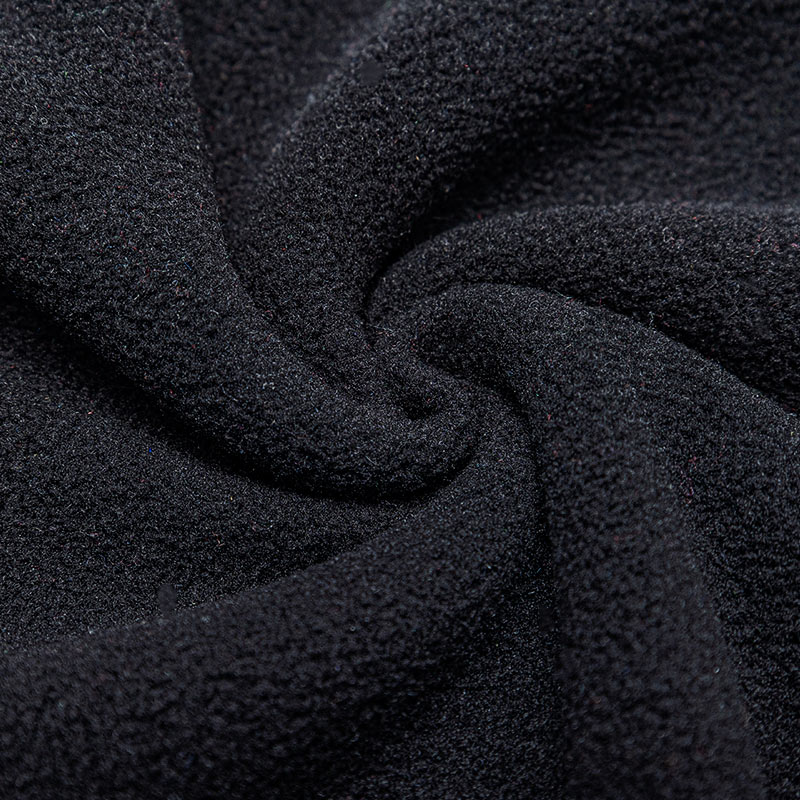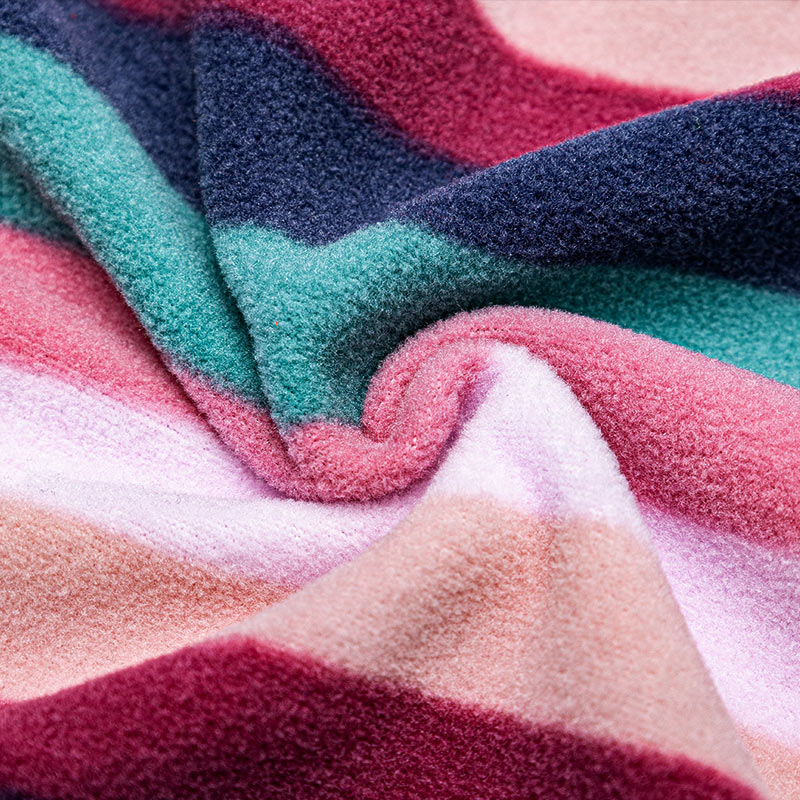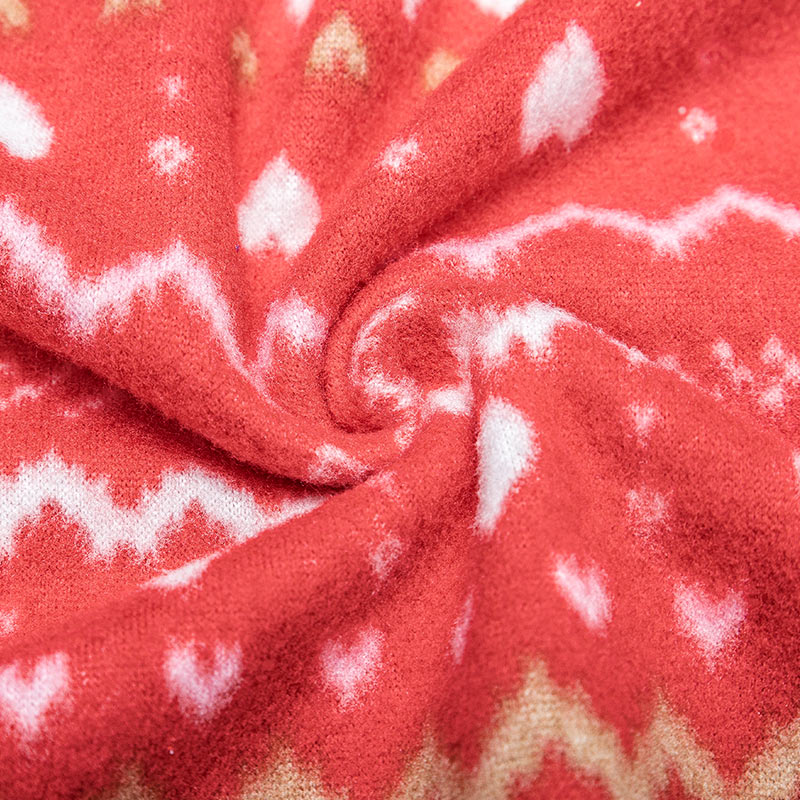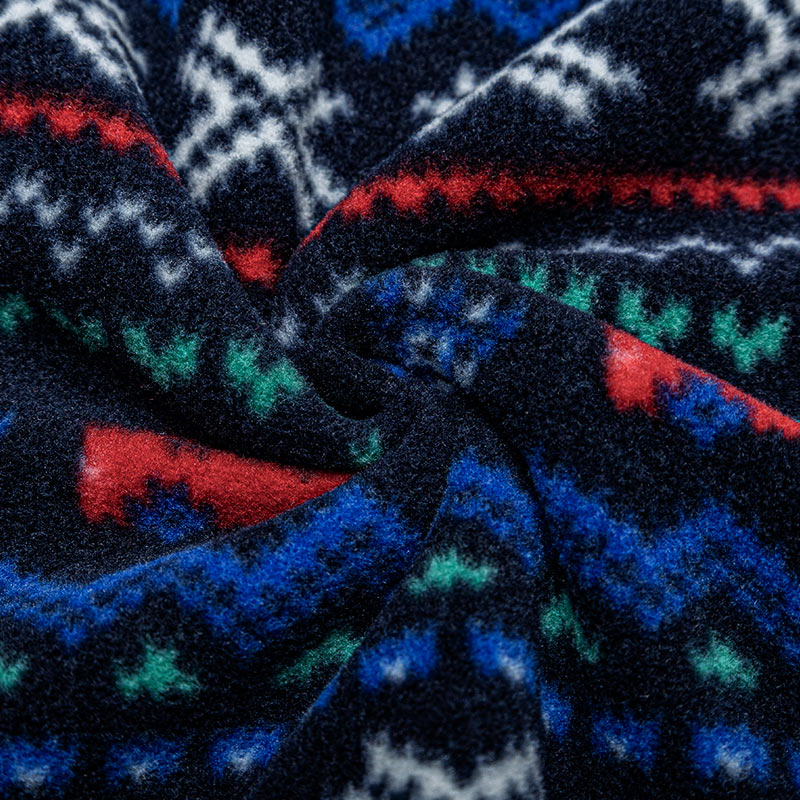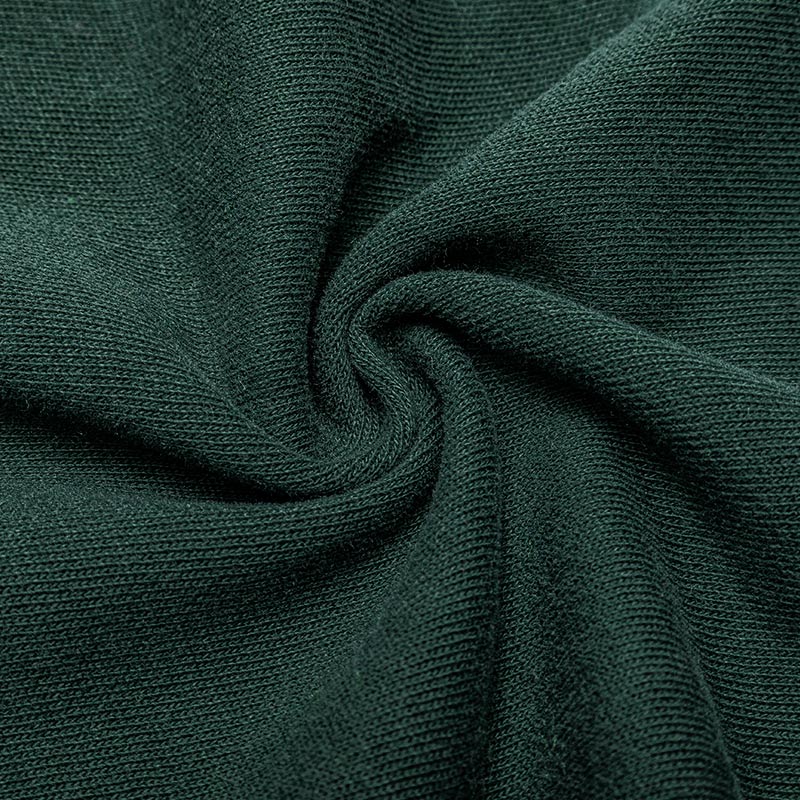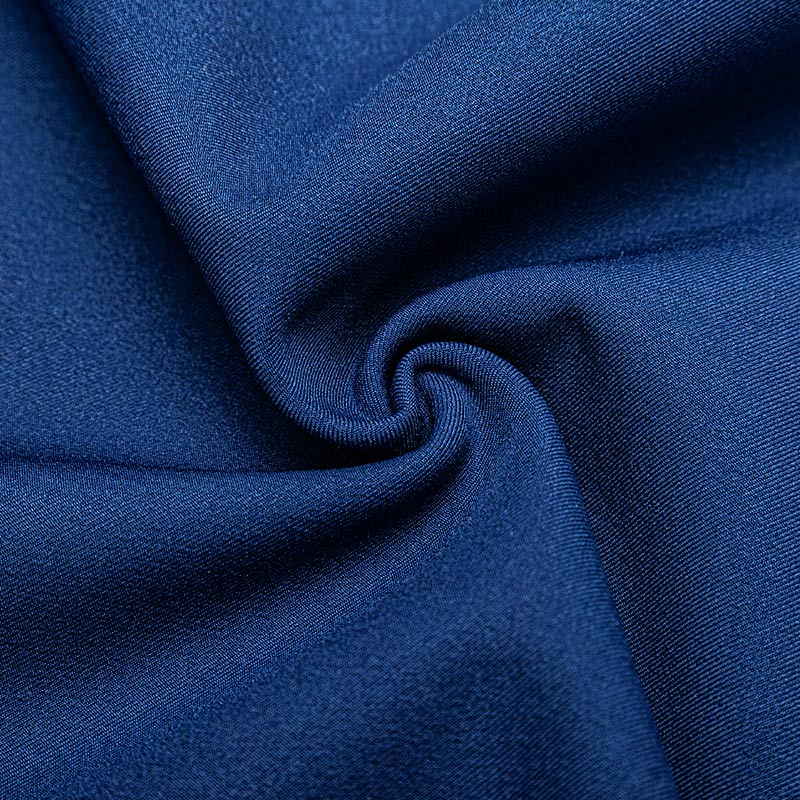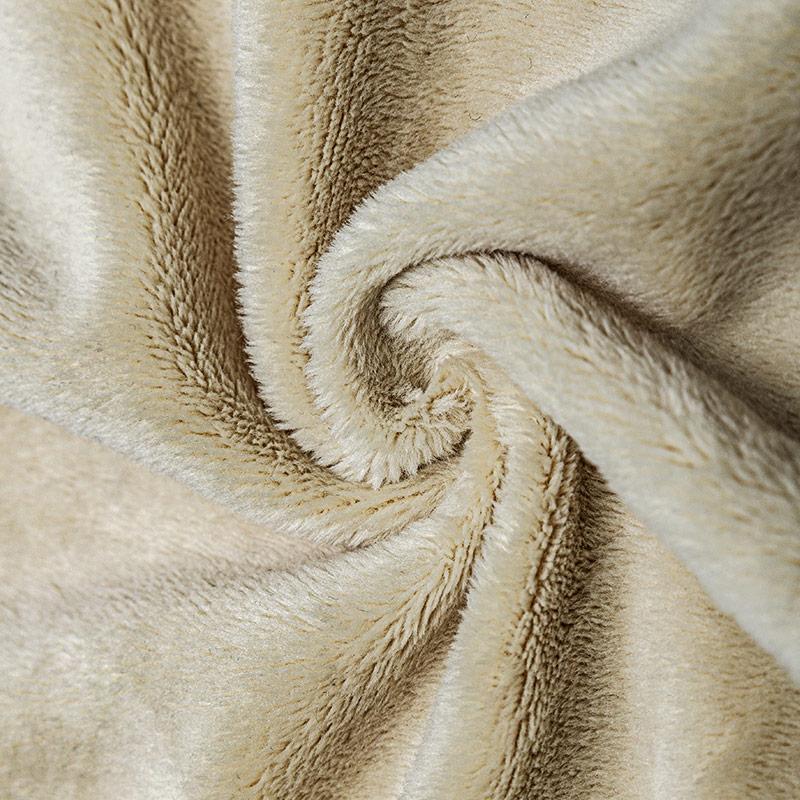When
sewing swimwear, it’s important that the fabric can withstand harsh environments like chlorine and UV. The fabric also needs to be flexible and stretchy.Velvet fabrics are super soft and commonly used in loungewear and robes. They have pile that has cut, regularly spaced threads, giving them a characteristic velvet/fur feel.
The most common fabric in the female swimwear market, nylon is supple and cosy with a good amount of stretch that hugs the body well. It's water-repellent, quick-drying, and very durable.Most swimmerwear fabrics are made of a nylon-polyester blend that can also include elastane to increase the fabric's stretch. The proportion of elastane in the mix determines how figure-hugging the resulting swimwear will be.
Polyester swimwear fabric is a common choice for many of today’s styles. The material boasts the ability to resist UV rays, withstand standard contact with chlorine and offer a great deal of stretch. It also works well in conjunction with elastane.
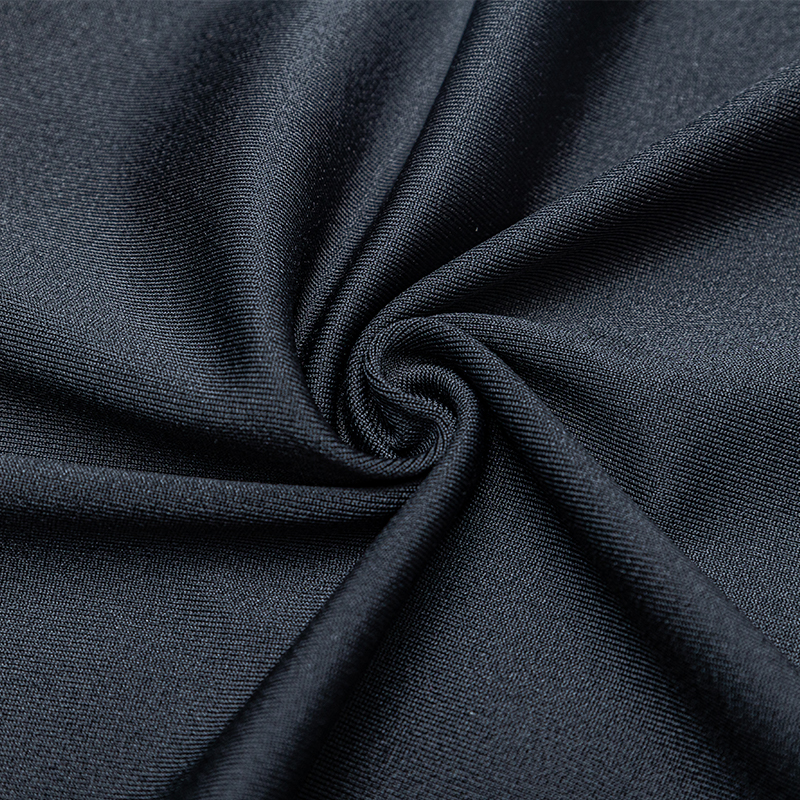
The fabric can be found in everything from thongs to swimsuits. The texture is soft and smooth with a slightly reflective sheen that looks appealing on the skin. A polyester swimsuit is quick-drying and provides a comfortable fit, especially when combined with elastane.
Although natural fabrics such as hemp are popular, they are not a good option for making a bathing suit. The fabric creases easily and can lose its shape. A polyester-spandex blend is a better choice, though, as the fabric offers plenty of stretch and is resilient against wrinkles and fades.
As anyone who has ever worn a swimsuit knows, the fabric is the key to whether it will hug and support your figure or not. Natural fibers like wool and cotton retain a lot of water, which can make a bathing suit heavy and cling to the body, making it difficult to move in.
Essentially, a blend of polyester and spandex, this fabric goes by the name Lycra. It is a figure-embracing fabric that offers comfort and flexibility in swimwear. It is also UV resistant and can withstand standard chlorine exposure making it the best choice for swimming outfits.
Unlike most fabrics that have regular strands, this one can retain its shape when wet. This characteristic is very important in swimwear, since it allows the fabric to maintain its structure and avoid sagging and billowing.
Before engineered strands like nylon and Lycra came along, bathing suits were made out of regular fibers like cotton. But cotton absorbs water, which will cause it to stretch and lose shape, plus it creases easily, not a good characteristic for swimwear.
Another type of woven fabric that is often used for swimwear is jacquard, which features patterns woven directly into the warp. Jacquard is a popular choice for swimwear because it is figure-embracing and lightweight.
Another important quality for swimwear fabrics is elasticity. This helps the fabric to hug the body without feeling too tight or clingy. It also allows the fabric to move with the wearer, reducing the risk of wardrobe malfunctions. For swimwear that requires extra elasticity, power mesh and swim lining fabric are typically used.

